Audi Q2 vs Nissan Micra - Differences and prices compared
Costs and Efficiency:
Price and efficiency are key factors when choosing a car – and this is often where the real differences emerge.
Nissan Micra has a barely noticeable advantage in terms of price – it starts at 24000 £, while the Audi Q2 costs 24900 £. That’s a price difference of around 866 £.
Engine and Performance:
Power, torque and acceleration say a lot about how a car feels on the road. This is where you see which model delivers more driving dynamics.
When it comes to engine power, the Audi Q2 has a convincingly edge – offering 300 HP compared to 150 HP. That’s roughly 150 HP more horsepower.
In acceleration from 0 to 100 km/h, the Audi Q2 is convincingly quicker – completing the sprint in 4.90 s, while the Nissan Micra takes 8 s. That’s about 3.10 s faster.
In terms of top speed, the Audi Q2 performs distinct better – reaching 250 km/h, while the Nissan Micra tops out at 150 km/h. The difference is around 100 km/h.
There’s also a difference in torque: Audi Q2 pulls evident stronger with 400 Nm compared to 245 Nm. That’s about 155 Nm difference.
Space and Everyday Use:
Beyond pure performance, interior space and usability matter most in daily life. This is where you see which car is more practical and versatile.
Seats: offers more seating capacity – vs .
In curb weight, Audi Q2 is hardly perceptible lighter – 1330 kg compared to 1452 kg. The difference is around 122 kg.
In terms of boot space, the Audi Q2 offers slightly more room – 405 L compared to 326 L. That’s a difference of about 79 L.
In maximum load capacity, the Nissan Micra performs barely noticeable better – up to 1106 L, which is about 56 L more than the Audi Q2.
When it comes to payload, Audi Q2 slightly takes the win – 510 kg compared to 408 kg. That’s a difference of about 102 kg.
Who comes out on top?
Overall, the Audi Q2 shows itself to be dominates this comparison and secures the title of DriveDuel Champion.
It convinces with the more balanced overall package and proves to be the more versatile choice for everyday use.
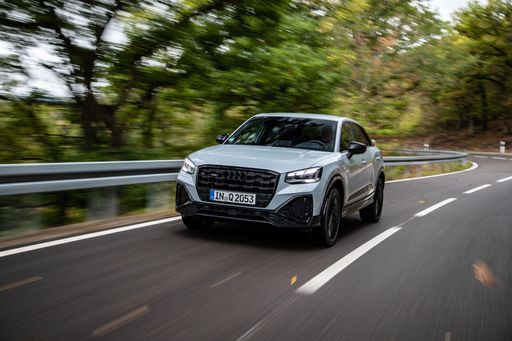 @ Audi AG
@ Audi AG
Audi Q2
Costs and Consumption
View detailed analysis
Engine and Performance
View detailed analysis
Dimensions and Body
View detailed analysis
Audi Q2
The Audi Q2 packs Audi’s premium attitude into a compact, cheeky package that turns city streets into a runway for tasteful design and clever practicality. It’s an easy car to live with thanks to an upscale cabin, composed manners and sprightly handling, and while it won’t satisfy someone chasing sports-car thrills, it’s a smart, stylish pick for buyers who want substance with a wink.
details @ Audi AG
@ Audi AG
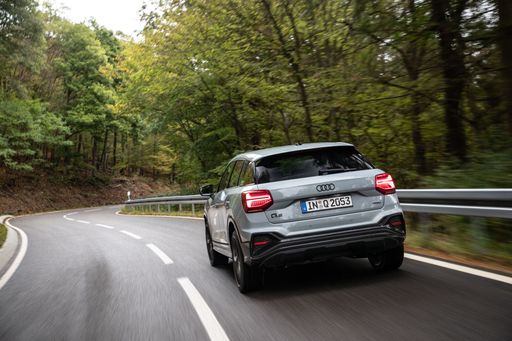 @ Audi AG
@ Audi AG
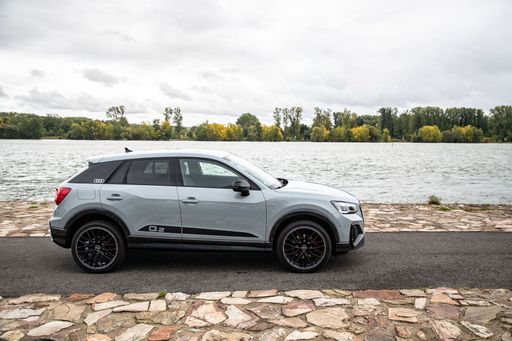 @ Audi AG
@ Audi AG
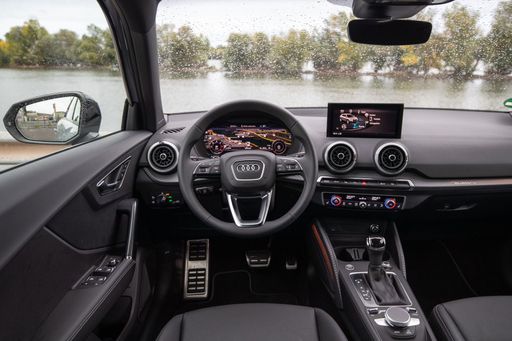 @ Audi AG
@ Audi AG
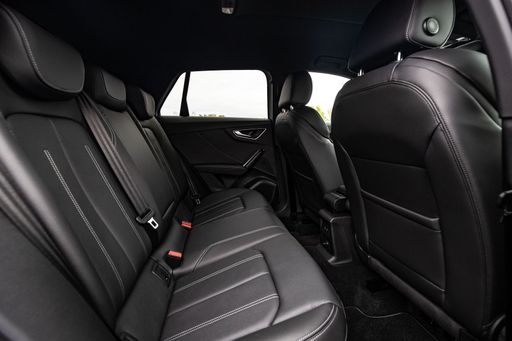 @ Audi AG
@ Audi AG
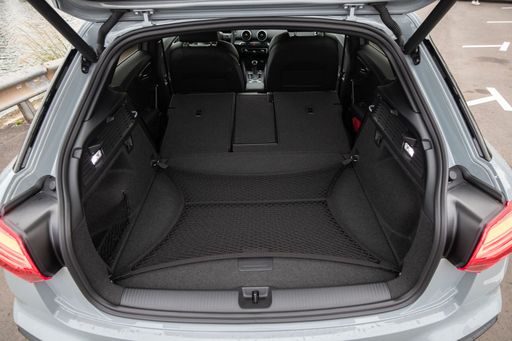 @ Audi AG
@ Audi AG
Nissan Micra
The Nissan Micra is a compact hatchback renowned for its agile handling and city-friendly dimensions. With a design that blends sleek curves with a practical layout, it appeals to urban drivers who value style and efficiency. Inside, the car offers a surprising amount of room and useful tech features, making it both a convenient and comfortable ride for daily commutes.
details
 @ Audi AG
@ Audi AG
|
|
|
|
|
Costs and Consumption |
|
|---|---|
|
Price
24900 - 43600 £
|
Price
24000 - 29900 £
|
|
Consumption L/100km
4.8 - 8.1 L
|
Consumption L/100km
-
|
|
Consumption kWh/100km
-
|
Consumption kWh/100km
14.2 - 14.7 kWh
|
|
Electric Range
-
|
Electric Range
317 - 416 km
|
|
Battery Capacity
-
|
Battery Capacity
40 - 52 kWh
|
|
co2
127 - 183 g/km
|
co2
0 g/km
|
|
Fuel tank capacity
50 - 55 L
|
Fuel tank capacity
-
|
Dimensions and Body |
|
|---|---|
|
Body Type
SUV
|
Body Type
Hatchback
|
|
Seats
5
|
Seats
5
|
|
Doors
5
|
Doors
5
|
|
Curb weight
1330 - 1610 kg
|
Curb weight
1452 - 1527 kg
|
|
Trunk capacity
355 - 405 L
|
Trunk capacity
326 L
|
|
Length
4208 - 4216 mm
|
Length
3974 mm
|
|
Width
1794 - 1802 mm
|
Width
1774 mm
|
|
Height
1495 - 1508 mm
|
Height
1490 mm
|
|
Max trunk capacity
1000 - 1050 L
|
Max trunk capacity
1106 L
|
|
Payload
450 - 510 kg
|
Payload
403 - 408 kg
|
Engine and Performance |
|
|---|---|
|
Engine Type
Petrol, Diesel
|
Engine Type
Electric
|
|
Transmission
Manuel, Automatic
|
Transmission
Automatic
|
|
Transmission Detail
Manual Gearbox, Dual-Clutch Automatic
|
Transmission Detail
Reduction Gearbox
|
|
Drive Type
Front-Wheel Drive, All-Wheel Drive
|
Drive Type
Front-Wheel Drive
|
|
Power HP
116 - 300 HP
|
Power HP
122 - 150 HP
|
|
Acceleration 0-100km/h
4.9 - 10.5 s
|
Acceleration 0-100km/h
8 - 9 s
|
|
Max Speed
197 - 250 km/h
|
Max Speed
150 km/h
|
|
Torque
200 - 400 Nm
|
Torque
225 - 245 Nm
|
|
Number of Cylinders
3 - 4
|
Number of Cylinders
-
|
|
Power kW
85 - 221 kW
|
Power kW
90 - 110 kW
|
|
Engine capacity
999 - 1984 cm3
|
Engine capacity
-
|
General |
|
|---|---|
|
Model Year
2025
|
Model Year
2026
|
|
CO2 Efficiency Class
D, F, E, G
|
CO2 Efficiency Class
A
|
|
Brand
Audi
|
Brand
Nissan
|
What drivetrain options does the Audi Q2 have?
The Audi Q2 is offered with Front-Wheel Drive or All-Wheel Drive.
The prices and data displayed are estimates based on German list prices and may vary by country. This information is not legally binding.
